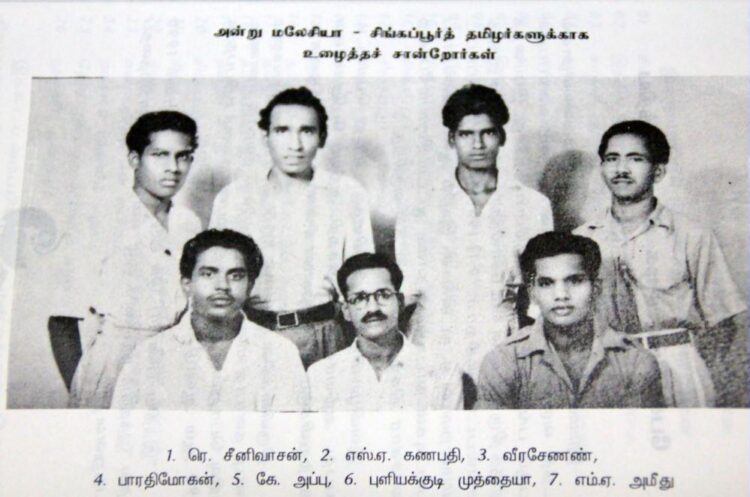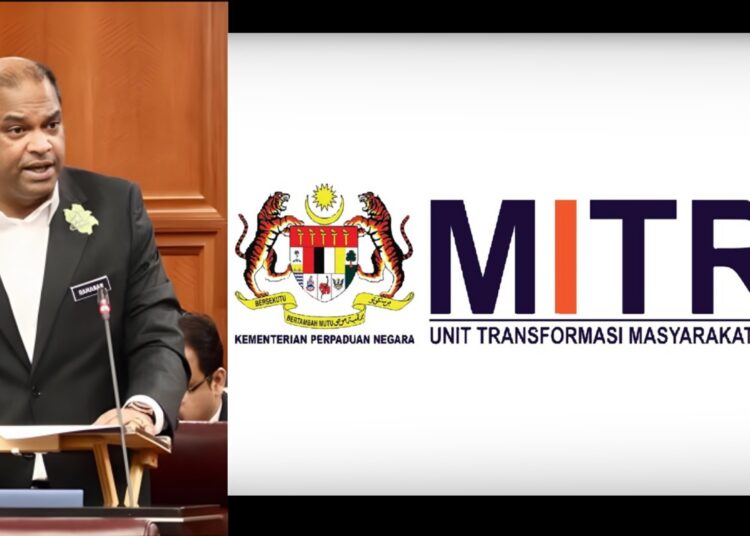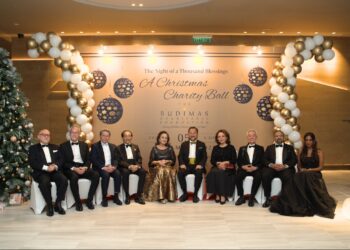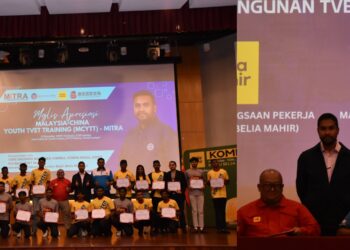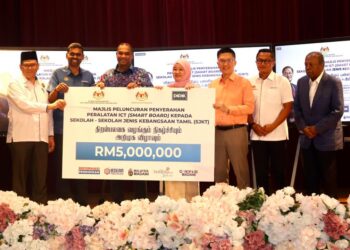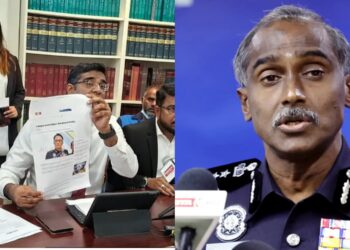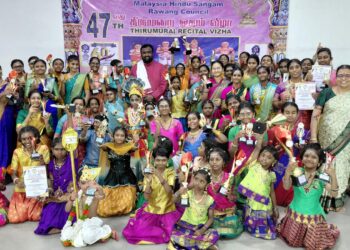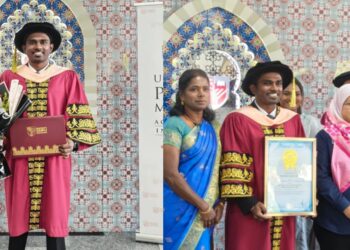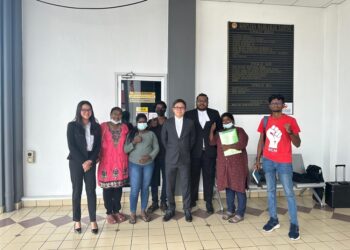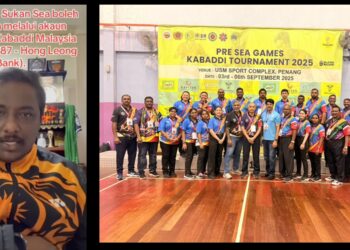It is well known that on August 31, 1957, Tunku Abdul Rahman, the first Prime Minister of the Federation of Malaysia, announced that Britain had formally granted independence to the Peninsula Malayan states. It will not be until September 16, 1963, that Sabah, Sarawak, and Singapore (which will be expelled from the union on August 9, 1965) will formally be a part of the Federation under the Malaysia Agreement (MA63). It is also crucial to understand that all of this was happening amidst the Malayan Emergency (1948–1966), a national liberation movement against British imperialism waged by the Malayan Communist Party. As well as the Indonesia-Malaysia Confrontation of 1963–1966, which was a war declared by the Communist Party of Indonesia against the creation of Malaysia, for they believed it was a state created solely for the purpose of protecting Imperialist interests in Southeast Asia. It is necessary for one to understand that liberation is a constant struggle for democracy, equality, and sovereignty. Merdeka is not a mere slogan that should languish on one’s lips but a weaponized principle one should abide by. To be a good citizen is not just to blindly follow the rules of the land but to stand up against injustice and show sincere fraternity to the oppressed masses of this nation. That revolutionary spirit must continue to be ignited by the new generation, for only through undying struggle can a people be truly free. During the 1930s, political consciousness among all ethnic groups and classes began to rise, either in contradiction to or in collaboration with imperialism. In Peninsula Malaysian history, the revolutionary movements of the Tamil and Chinese labourers are often left in the dark. While the rising tide of right-wing ethno-supremacists likes to falsely claim that the immigrant population of non-Malays have never done anything against British imperialism, in truth, the proletariat Tamils and Chinese have contributed out of proportion to their numbers to the liberation of Malaya from British colonial occupation.
Tamils have had a long history with the landmass of southeast Asia; through commerce, religion, political alliances, and forced labour, there has always been an undeniable cultural and political exchange that has happened across these two regions. One of the most crucial historical junctures of political transformation to which Tamils, specifically the Tamil proletariat, have contributed in Malaya is the fight against the violence and brutality of British imperialism. It also should be highlighted that a significant proportion of the Tamils who were involved in the anti-colonial struggle and labour movement were immigrants or first-generation Tamils born in Malaya. Here are four significant Tamil revolutionaries who contributed immensely to the anti-imperialist struggle in Colonial Malaya and Singapore.
Vattakudi Iraniyan
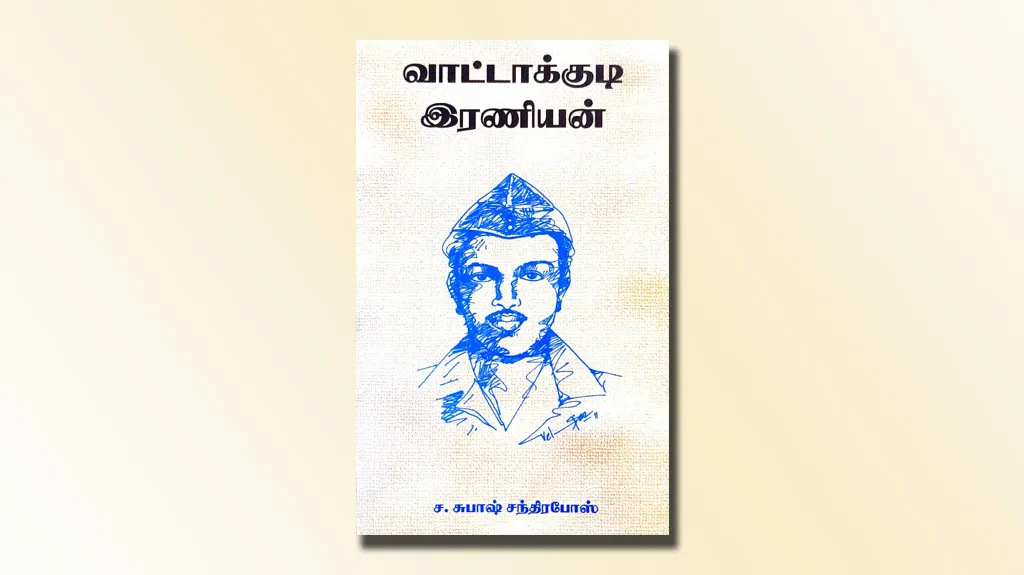
Iraniyan was a valiant revolutionary who not only fought for the liberation of Malaya and Singapore but for India as well. Born in 1920 as Venkatachalam in a village named Vattakudi in Thanjavur to a poor peasant family, the young Iraniyan, at the age of 14, found his way with his elder sister’s husband to Singapore to find work. There, the young boy began the most significant friendships of his life with Malaya Ganapathy and P. Veerasenan. The two men have held an immense influence on Iraniyan, teaching him the works of Karl Marx and the political histories of Tamil Nadu, the Indian subcontinent, and the world. The young man was also greatly influenced by the Dravidian movement, which was led by the social reformer E.V. Ramasamy. It was because of the anti-caste movement that he changed his name from Venkatachalam to the asuran, Iraniyan. After having fought in the Indian National Army for the independence of India, he became a prominent trade unionist in Singapore. He greatly propagated against workers consuming alcohol and being undisciplined. At the age of 28, after spending fourteen years of his life in Singapore, he migrated back to his village, where he continued his revolutionary struggle by joining the Indian Communist Party in fighting for the rights of Dalit peasants against the tyranny of their upper-caste feudal lords. He would meet his end in his motherland, as he would be brutally shot by the Madras police in 1950.
P. Veerasenan
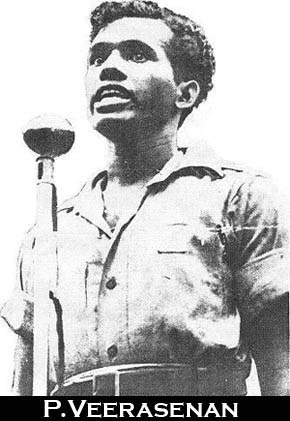
Hailing from the village of Manamelkudi, Pudukkottai, P. Veerasenan would leave a lasting legacy in the history of anti-imperialist labour agitations. In the 1940s, the labour movement in Malaya and Singapore was strong and vigorously fighting for both national and workers liberation. As a dedicated trade unionist and a comrade who was deeply devoted to the eradication of imperial exploitation of workers, P. Veerasenan would hold prominent positions such as President of the Singapore General Labour Union (SGLU) and Vice President of the Singapore Federation of Trade Unions (SFTU). One of his most memorable agitations that he had organised happened on August 18, 1946, when Veerasenan brought together 5000 protesters to fight against the barbaric immigration system of the British Malayan Government, which still allowed the excessive labour migration of workers from India. Their resolutions were that they were against immigration that allowed unregulated Indian labour migrations because it only continued the cycle of imperialism exploiting vulnerable Indian workers. Their protest expressed that they did not want their fellow workers from their motherland to be abused on plantations just as they were. Veerasenan had appealed to the Government of India, the Indian National Congress, the Indian Communist Party, and the All-India Muslim League to aid in monitoring the number of Indian labourers that are coming into the country. The protestors had passed a resolution to request that the Malayan Colonial Administration elect members who truly cared about the welfare of workers instead of individuals who were being complacent with the government. The meeting ended on the note that the government should work towards prohibiting toddy usage, which is immensely lethal to the bodies of Indian workers. They had also deeply condemned the fact that the Indians who were elected to the Advisory Council did not represent the struggles of working-class Indians. After the brutal colonial empire incarcerated its initial president, the anti-imperialist trade unionist S.A. Ganapathy, P. Veerasenan took over the position as President of the Pan Malayan Federation of Trade Unions (PMFTU). Just a day before the hanging of his dear comrade, S.A. Ganapathy, the brave and dutiful Veerasenan was inhumanely shot at the Bertang Estate by the vicious British colonial authorities on May 3, 1949.
S. A. Ganapathy
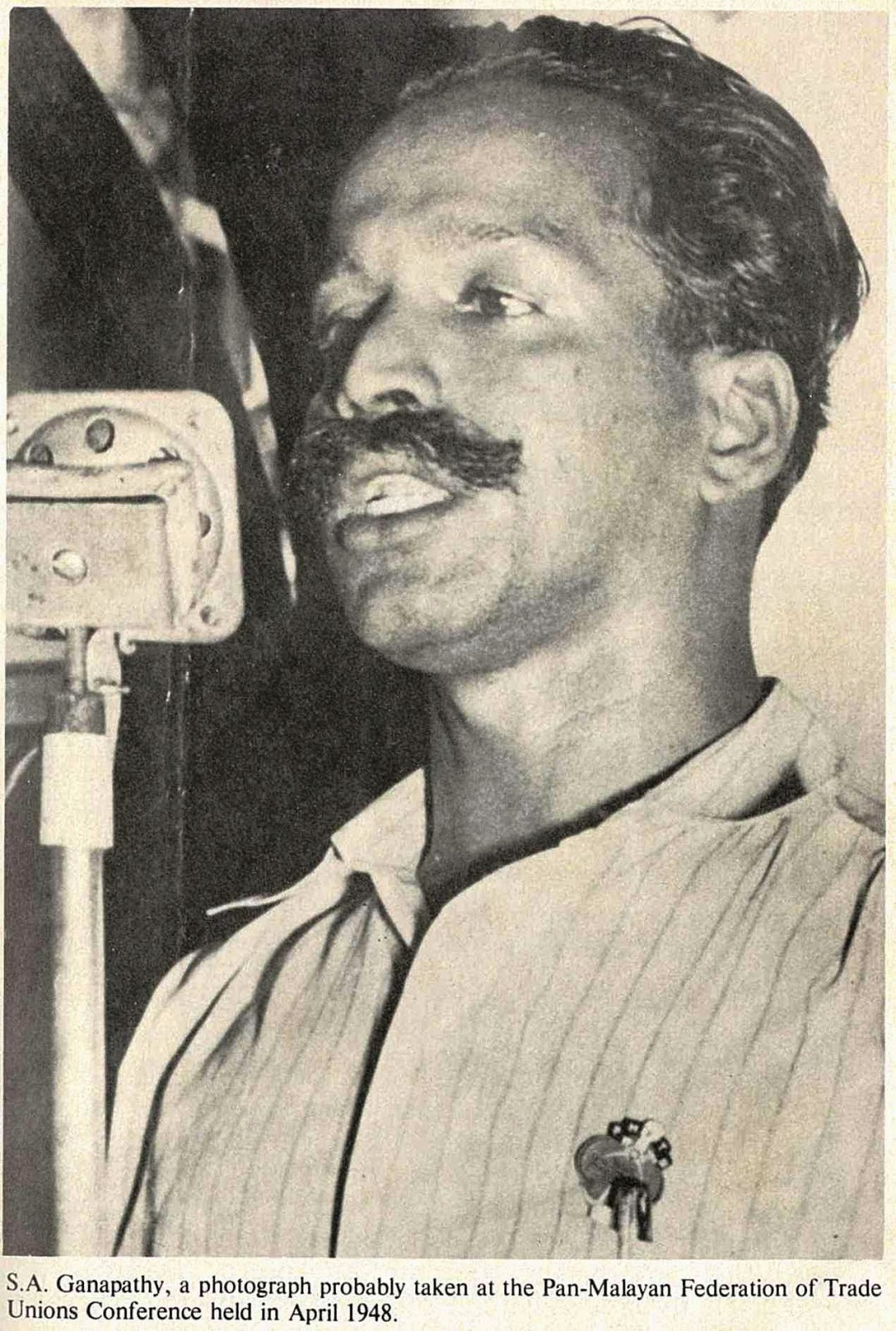
One of the most respected and revered revolutionaries of recent times is S. A. Ganapathy. Born in Thambikottai (Thanjavur), the revolutionary came to Singapore at the age of 10 to work as an idiyappam seller, and from there he would embark on an arduous and glorious journey towards becoming a freedom fighter. He would grow to become a radical political thinker, a militant guerilla fighter, and a man deeply devoted to the cause of national liberation. Ganapathy had both involved himself in the emancipation of India and Malaya (including Singapore) from colonial rule; he dedicated his youth to fighting for the sovereignty of colonised people, specifically workers; he had served valiantly in the Indian National Army; and he later strategically led the incredibly political Pan Malayan Federation of Trade Unions (PMFTU), which had up to 300,000 members. His fierce antagonism towards colonialism and his ardent devotion towards the liberation of the working class revealed how advanced his political thinking was in understanding that without the annihilation of imperialism, the proletariat in the colonies would never be free. Ganapathy was not only a brilliant trade unionist but also an editor for the Munnani magazine, which championed workers rights. The post-WWII political climate in Colonial Malaya and Singapore was one of uncertainty as the British colonists returned to Malaya only to find that the strongest political force in the country was the Malayan Communist Party, which greatly aided in perishing Japanese occupation in the Malayan Peninsula. The British deeply feared the growing support the masses had for the communist party and the trade unions, which were the power behind the anti-colonial force in the land. The tension between the primitive colonial administration and the anti-colonial labour force was reaching a brink, and war broke out in 1948. The British colonists conducted a witch hunt of left leaders and supporters of democratic liberation for the masses; one of the left leaders who were incarcerated by the British was S. A. Ganapathy, who was accused of allegedly possessing an illegal firearm.
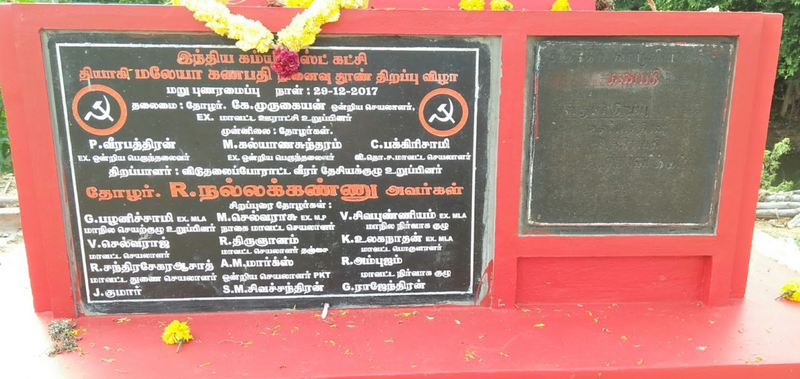
By the contrived villainous schemes of British colonial authorities to eliminate the rightful struggles of the people for liberation, they hanged the brave and selfless Ganapathy on May 4, 1949. Ganapathy’s martyrdom was mourned and condemned by many people around the world, from E.V. Ramasamy and C. N. Annadurai of the Dravidian Movement to members of the Indian Communist Party.In Thambikkotai Vadakadu High Street, a memorial of his has been erected by the local communists to remember his heroic and immortal struggle in fighting for the emancipation of the colonised proletariat.
Gurudevan
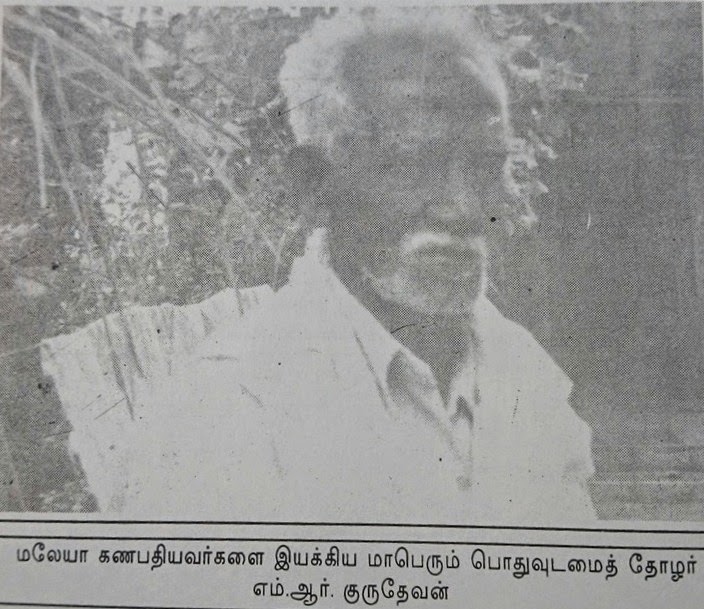
British colonial administrator Henry Gurney had stated that Gurudevan was the number one Indian Communist in the country. Born in Tamil Nadu, Gurudevan was sent by the Communist Party of India to propagate communism in Colonial Malaya. After Ganapathy’s death, Gurudevan, who was then incarcerated by the colonial administration, was deported back to Tamil Nadu. The method of deportation was heavily utilised by the colonial administration as a way of uprooting revolutionaries away from the masses in Malaya. Gurudevan was a principal communist who propagated Marxist political theory to revolutionaries like P. Veerasenan and S.A. Ganapathy. He was a man who was brilliant both in politics and disguise; for the longest time, not even the colonial authorities could identify who exactly he was until the day he was captured. Gurudevan was a communist who was one of the most senior and revered in Peninsula Malaya; he was seen as a political theorist and organiser who was most senior to the likes of P. V. Sharma, who was also another communist that the British feared. Gurudevan was seen as a beacon of hope and a revolutionary who was guiding the oppressed masses of workers in the Malayan Peninsula to freedom.
A unifying aspect of all these freedom fighters is how they defied the conservative sense of nationalism and held an internationalist spirit in their struggle for independence. There were many more among them, like A. M. Samy, who led the Thondar Padai, one of the most militant and organised labour organisations in Malaya, along with others like Muhammed, Naagai Raasamanikam, R. Anthonysaamy, Sambasivam, and many more men and women who sacrificed their lives to the liberation of Malaya and Singapore from colonial rule. They did not let colonial borders, the degradation of caste, the sin of apathy, or differences of ethnicity and race restrain their revolutionary politics. They fought for the independence of India, Malaya, and Singapore. They lived among the exploited and oppressed masses of Tamil society, guiding them to emancipation and creating a modern people with self-respect who vowed to annihilate caste and class exploitation. Their lives are emblems for all people who fight for their freedoms, and their histories are the heirloom that every generation after them should respect and adhere to. Freedom can only be attained and defended through collective organisation; when people come together with true fraternity and mutual national interest, only then can a nation attain true independence. Through all the pain and humiliations that the working class, the ethnic and religious minorities, the indigenous people, the migrant workers, and refugees in Malaysia feel, their unrelenting devotion to fight for their dignity and humanity on this soil is the unyielding essence that the spirit of Merdeka still lives and breathes in the veins of those who dare to exist against injustice and domination.
Sources: Malaya Ganapathy, Maaveeran Malaya Ganapathy by Era. Udhayashankar, Siva Lenin,
Follow us on Instagram, Facebook or Telegram for more updates and breaking news.


